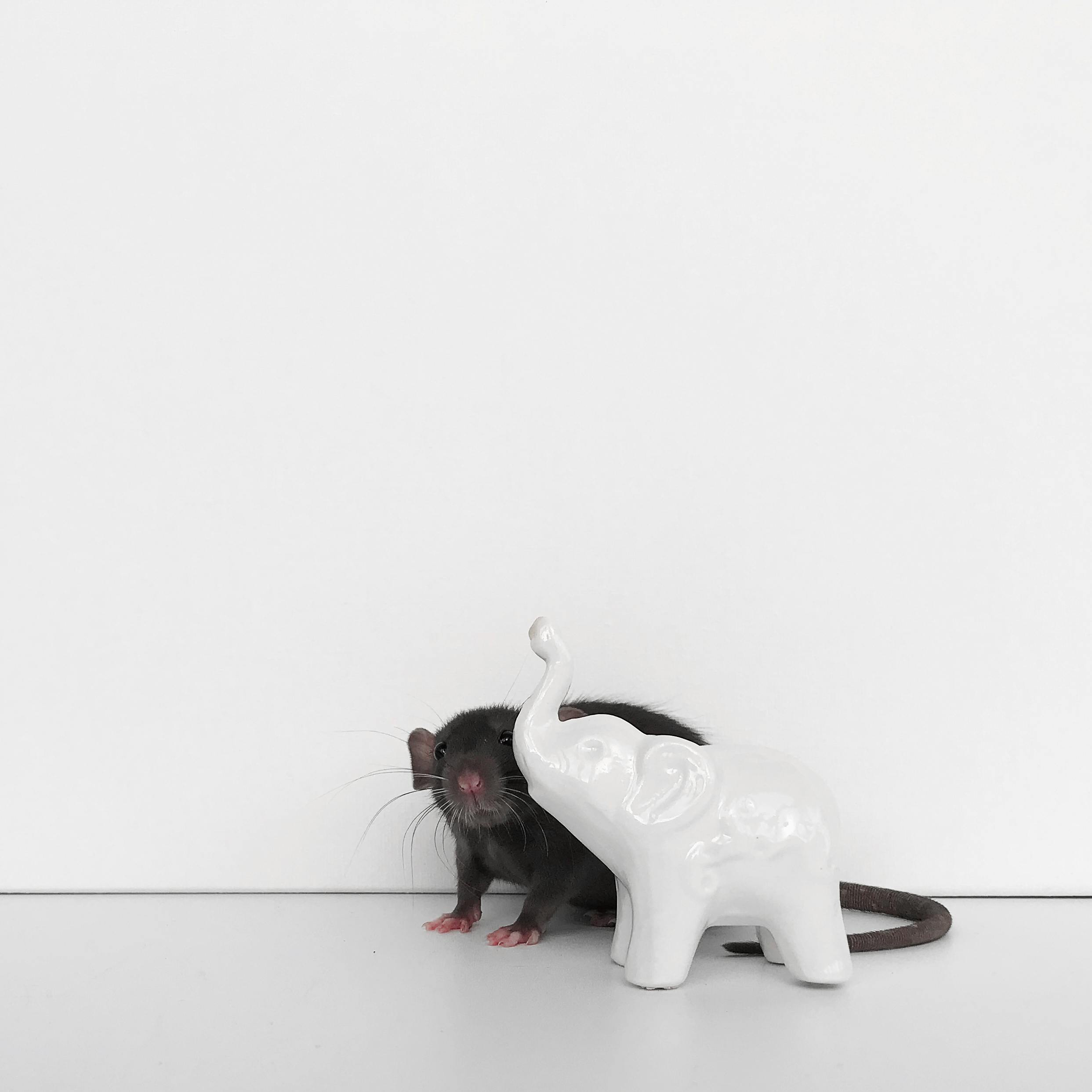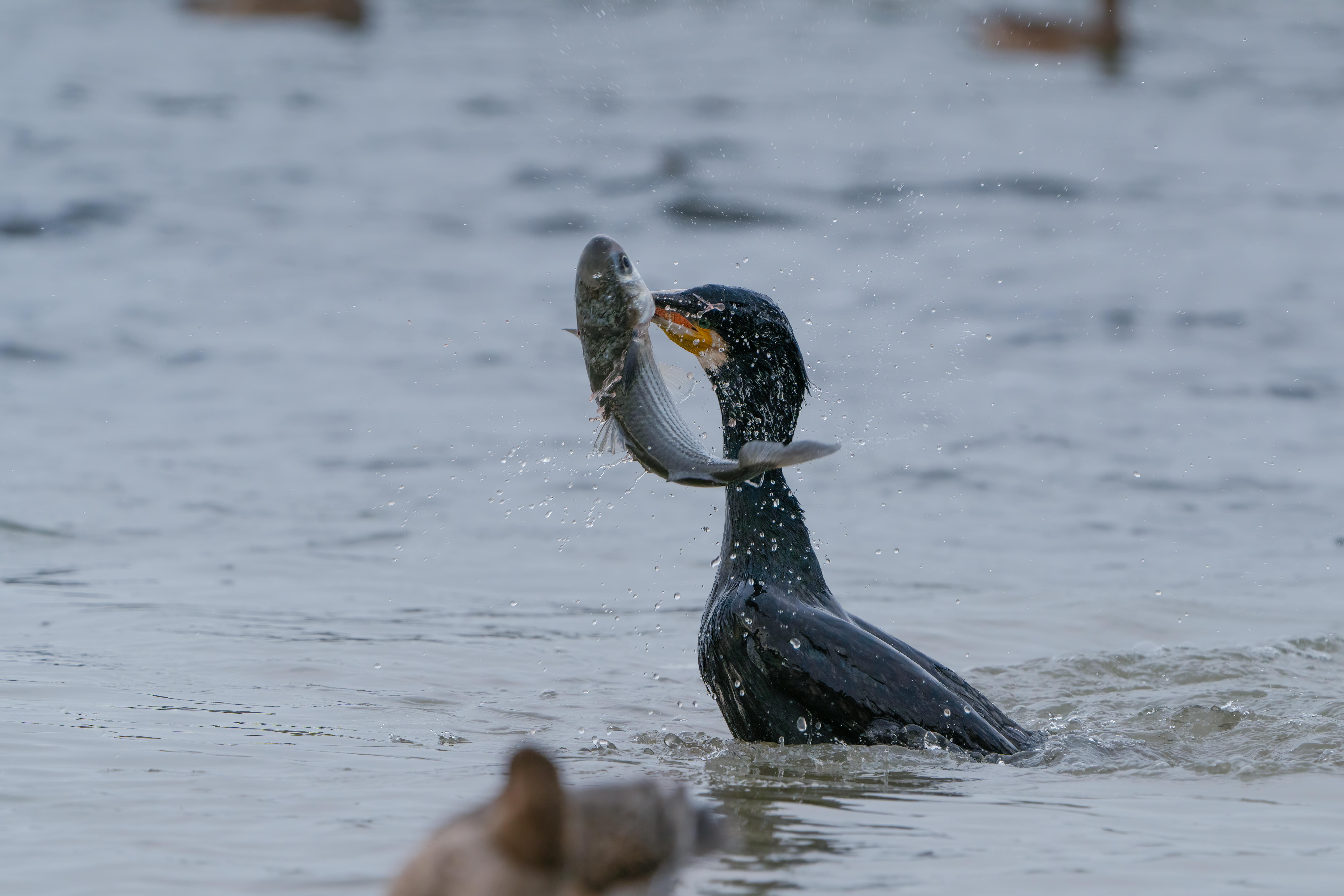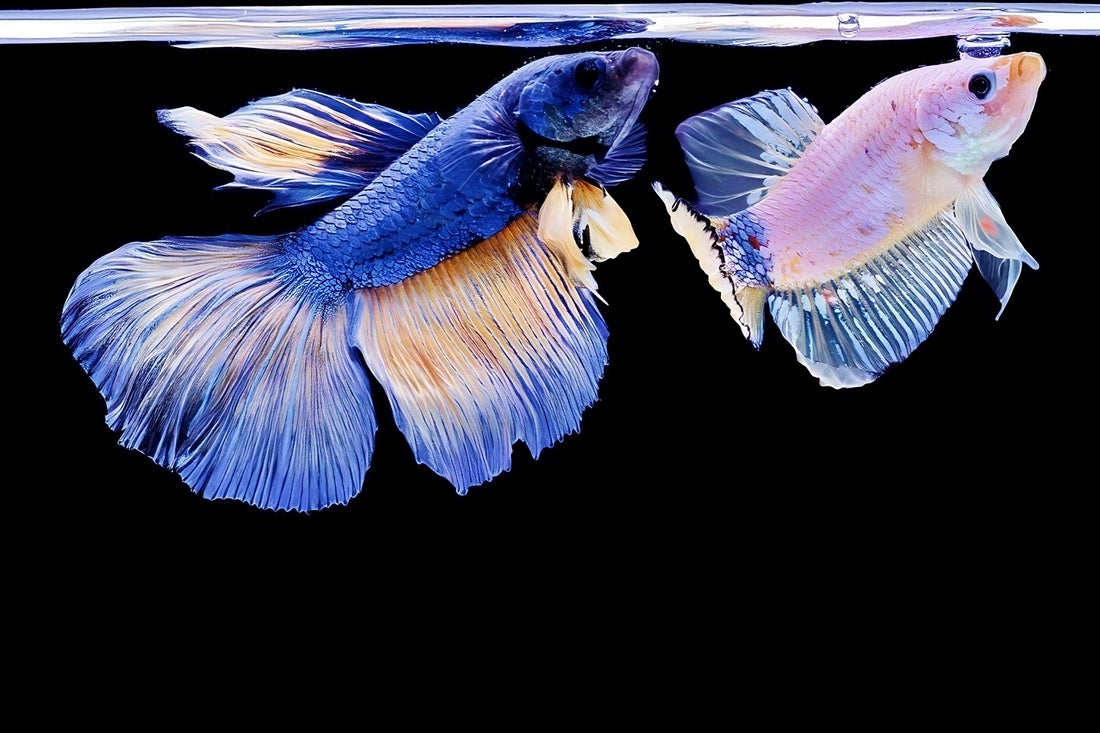
Practical Guide to Oswald the Rabbit in 2025
Oswald the Rabbit stands as a remarkable figure in the realm of animation history, captivating audiences since his inception in 1927. As a pioneering animated character created by Walt Disney, Oswald paved the way for the animation industry, ultimately playing a crucial part in shaping Disney's legacy. As we step into 2025, his influence persists, symbolizing a unique blend of nostalgia and innovative character design.
This article serves as a comprehensive guide exploring the latest trends surrounding Oswald the Rabbit. From merchandise and adaptations to his historical significance, we will cover various aspects that highlight Oswald's enduring popularity. Whether you're an animation enthusiast, a parent seeking family entertainment options, or simply curious about this iconic character, you'll find valuable insights here. Join us as we delve into the versatile world of Oswald and discover what makes him a timeless figure in the realm of classic cartoons.
In this journey, we’ll examine the evolution of Oswald’s character design, revival efforts, merchandise trends, and explore his impact on modern animation. Let’s begin!
Exploring Oswald’s Historical Significance
Understanding the roots of Oswald the Rabbit provides essential context for appreciating his revival in contemporary media. Oswald debuted during the silent film era, representing a critical phase in animation history. He not only introduced the concept of anthropomorphic characters but also set the stage for future animated icons, including Mickey Mouse.
Originally created by Walt Disney for Universal Pictures, Oswald was part of a series of silent cartoons that captivated audiences with their humor and charm. These early animations showcased innovative techniques, such as exaggerated character movements and playful narrative structures that would become hallmarks of classic Disney storytelling.
However, the loss of rights to Oswald in 1928 marked a turning point for Disney. This setback prompted Walt to create a new character, Mickey Mouse, who ultimately became a global sensation. The bittersweet story of Oswald reflects the challenges in the animation industry during its formative years and showcases the resilience required to innovate continuously.
As we navigate through the complexities of Oswald’s popularity, we’ll examine the merchandise evolution that reflects his enduring legacy and appeal across generations.
Merchandising Trends and Collectibles
The resurgence of interest in Oswald the Rabbit has sparked a diverse range of merchandise, catering to fans old and new. Unique collectibles, such as plush toys and vintage posters, are now widely available, appealing to both nostalgia and modern aesthetic sensibilities.
Moreover, online platforms have encouraged a vibrant fan community that thrives on sharing Oswald merchandise, artwork, and innovations. For collectors, items like limited edition plush toys and branded accessories not only serve as memorabilia but also as investments that signify Oswald’s iconic status in animation history.
Despite being overshadowed at times by other Disney characters, the unique charm of Oswald continues to drive merchandise sales, particularly in animation festivals and conventions. These events celebrate his legacy, attracting a spectrum of avid collectors eager to explore character adaptations and homage products.
The dynamic nature of Oswald's merchandise reflects broader trends in animation, where nostalgia plays a significant role in audience engagement. With new adaptations and series spin-offs emerging, the potential for Oswald merchandise remains strong in the coming years.
Building on his expanding merchandise list, this exploration leads us to understand the animation techniques that brought Oswald to life and how they contribute to his character popularity today.
Animation Techniques Behind Oswald's Character Design
Animation techniques have evolved dramatically since Oswald's initial introduction, yet the core principles of storytelling and design remain integral to his appeal. Oswald's original design showcases bold lines and simplistic features, a reflection of early 20th-century animation styles that emphasized character expressiveness.
Key frameworks of character design, such as emotional connectivity and audience relatability, are evident in Oswald's personality traits. He embodies youthful mischief and charm, engaging viewers with relatable adventures. This storytelling approach resonates deeply with audiences, fueling Oswald’s enduring popularity through generations.
Historically, these animation techniques included hand-drawn keyframes and traditional techniques that emphasized movement and fluidity. The artistry behind Oswald also influenced modern animation aesthetics, where simplicity can powerfully convey emotions and narratives.
As audiences clamored for more complex storytelling, Oswald’s influence paved the way for intricate character arcs and broader thematic explorations in animated media. This transition illustrates how classic characters can adapt over time while maintaining their core identity, ensuring their relevance in the contemporary animation landscape.
Transitioning from Oswald’s artistic influences, let’s delve into his modern adaptations and how they resonate with current audiences, further testing the limits of animated storytelling.
Modern Adaptations and the Oswald Revival
The revival of Oswald the Rabbit in recent years marks a significant chapter in animation history. Various adaptations, including appearances in animated series and films, have reintroduced Oswald to contemporary audiences. This revival isn’t merely a nostalgic nod; it illustrates a strategic embrace of character reboots in modern media.
In recent projects, Oswald has seamlessly transitioned into diverse formats, showcasing the versatility of character adaptations in today’s animation landscape. These adaptations explore themes relevant to modern viewers, such as friendship and adventure, while maintaining the whimsical essence of classic cartoons.
Moreover, the Oswald revival highlights significant advances in animation technology, allowing for richer storytelling and emotional depth. The narrative structure in modern Oswald animations often embraces character development, appealing to nostalgic sentiments while catering to new audiences interested in animated storytelling methods.
These evolutions encapsulate the importance of legacy characters—how they can adapt to shifting cultural landscapes without losing their core appeal. As audiences connect with Oswald through these modern interpretations, the fan community reflects on the historical significance of character-driven storytelling, blending past and present in their love for animation.
This exploration of Oswald's renaissance leads us to examine how fan engagement shapes not only the perception of classic characters but also influences future narratives in the genre.
Fan Engagement and Community Impact
Oswald's popularity isn't merely a consequence of his historical significance; it's bolstered significantly by an enthusiastic fan community. Through social media, blogs, and animated series discussions, fans have created a rich tapestry of engagement around Oswald, reinforcing his place in contemporary animation discourse.
Fan art, theories, and merchandise exchanges illustrate how audiences perceive nostalgia and cultural references in animation. This active engagement propels Oswald’s recognition and popularity, emphasizing the role of fan communities in shaping the narratives around classic characters. The vibrant online presence of Oswald enthusiasts fosters active dialogues that challenge and celebrate traditional storytelling techniques.
Furthermore, classic cartoon conventions serve as hubs for fans to connect over their shared love for Oswald and other legendary characters. Here, discussions around character traits, historical significance, and animation techniques thrive, offering enriching experiences that extend beyond mere viewership.
Ultimately, the Oswald fandom cultivates a deeper understanding of character evolution across animated media. This community-driven exploration informs future projects, seeking to balance the cherished elements of nostalgia with innovative developments in animation storytelling.
As we evaluate the surrounding impact of fan engagement and the cultural significance of Oswald, we arrive at a pivotal section reflecting on the future of this beloved character in animated storytelling.
Future of Oswald: Trends and Predictions
The roadmap for Oswald the Rabbit in the coming years is filled with exciting possibilities. As animation studios continue to explore nostalgic characters for new projects, Oswald remains a prime candidate for fresh narratives and artistic directions.
Analyzed through the lens of character adaptability and audience engagement, the future of Oswald could involve a deeper dive into his psychological traits and character evolution. This character complexity appeals to modern audiences who favor multi-dimensional characters that transcend mere comedic appeal.
Furthermore, the exploration of Oswald’s legacy could lead to collaborations with contemporary animation studios, creating synergy between classic characters and modern storytelling techniques. This could take the form of crossovers, spin-offs, or collaborative projects that celebrate the rich history of animation while engaging new demographic audiences.
Additionally, advancements in animation technology promise to enhance the visual storytelling techniques employed in Oswald adaptations. With 3D animations and immersive storytelling methods on the rise, the potential for creating an engaging Oswald universe is within reach.
In conclusion, Oswald the Rabbit exemplifies the evolution of character storytelling in animation, illustrating how beloved figures can adapt and thrive while maintaining their historical roots. The trends surrounding Oswald offer a promising outlook for his continued relevance in family entertainment, ensuring that both old and new generations can enjoy the whimsical adventures of this classic cartoon rabbit.

